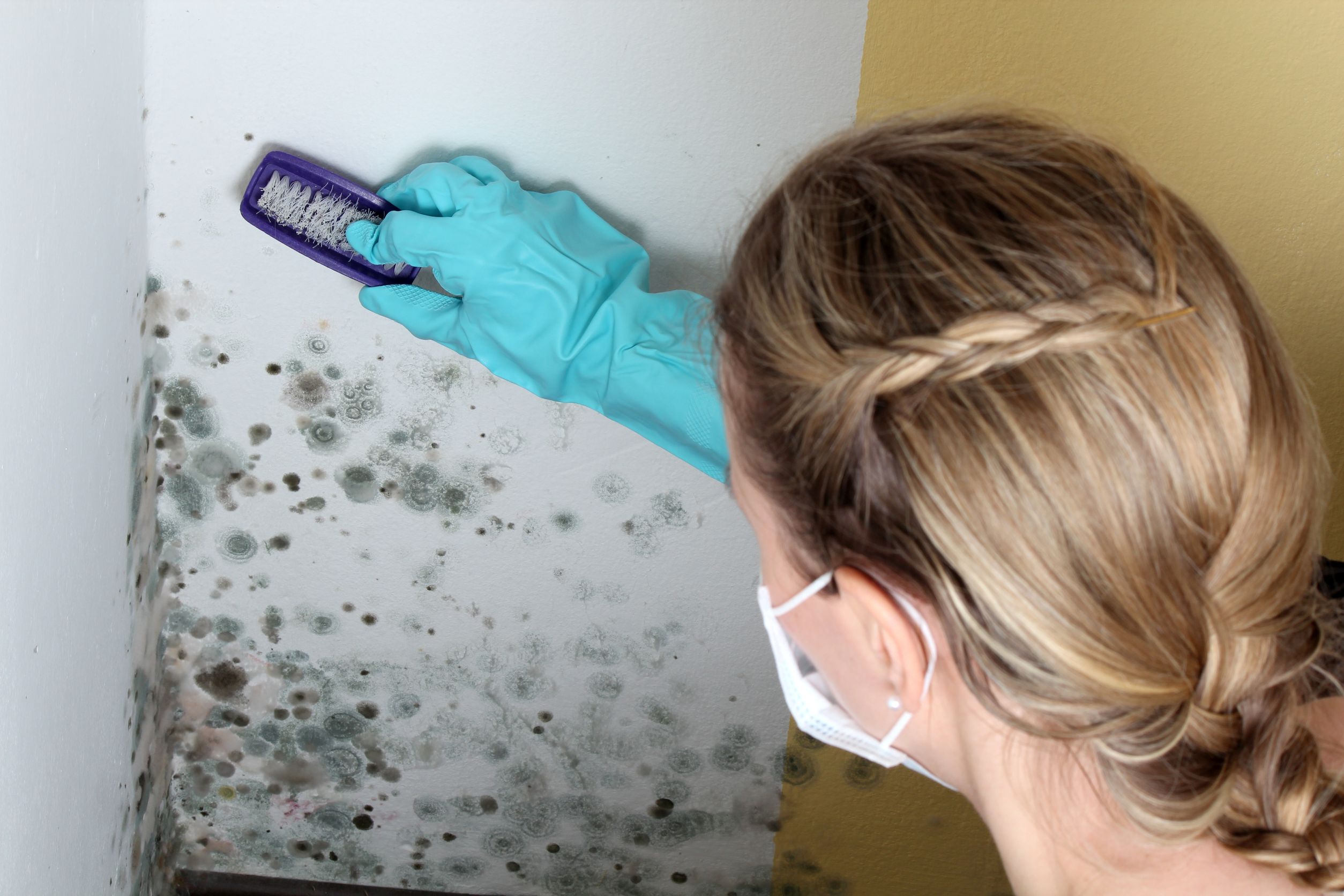In new home construction, or even in commercial property development in Long Island, NY, cesspool installation is a very cost-effective way to manage wastewater when a connection to a sewer system is not available.
Many people use the terms cesspool and septic system interchangeably, but they are two different options. A cesspool is a hollow tube with holes that is sunk into the earth. The holes in the side of the cylinder allow the water to move out of the tank, keeping the solid materials in. Bacteria in the cylinder breaks down the solid material.
In a septic system, a concrete, metal, plastic, or another type of solid tank is installed under the ground. A sewer line from the house or commercial property carries wastewater into the tank, where gravity causes the solids to drop to the bottom of the tank and be broken down by bacteria. The water at the top of the tank exits through an outlet that can be enhanced with biofilters for a full and complete treatment of the water.
Correct Positioning
It is important for cesspool installation to choose the location to position the cylinder very carefully. It needs to be an area where soil will allow the water to drain away from the cesspool to provide efficiency for the system.
In addition, the cesspool service has to meet all building code requirements for Long Island, NY, which is one of the reasons why professional services should be involved in the installation process.
These companies have the equipment to dig the hole, position the cesspool and also connect the sewer lines from the home to the cesspool. They can also provide additional services including developing dry wells and catch basins to allow for draining of storm and flood waters from the property.


